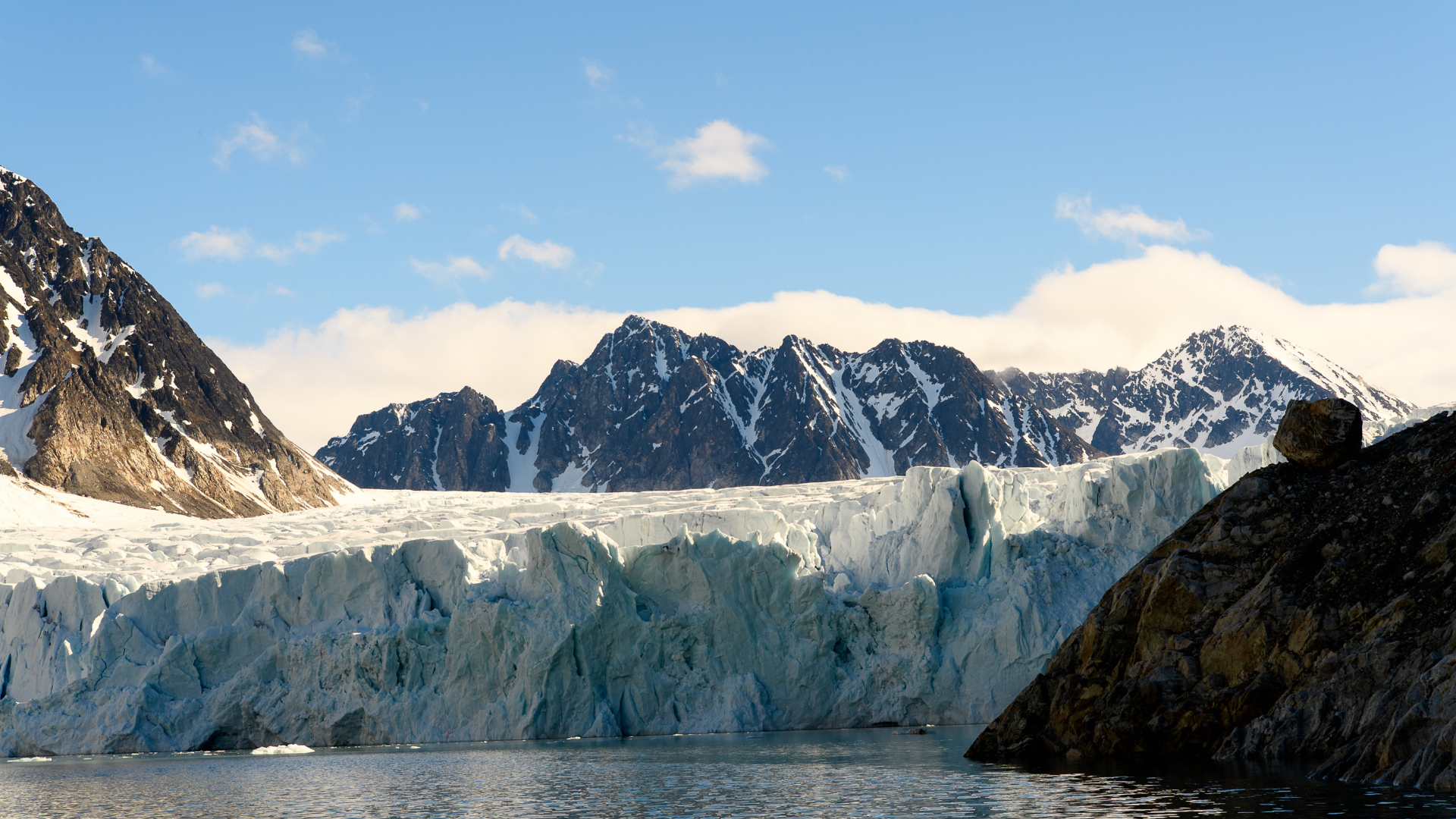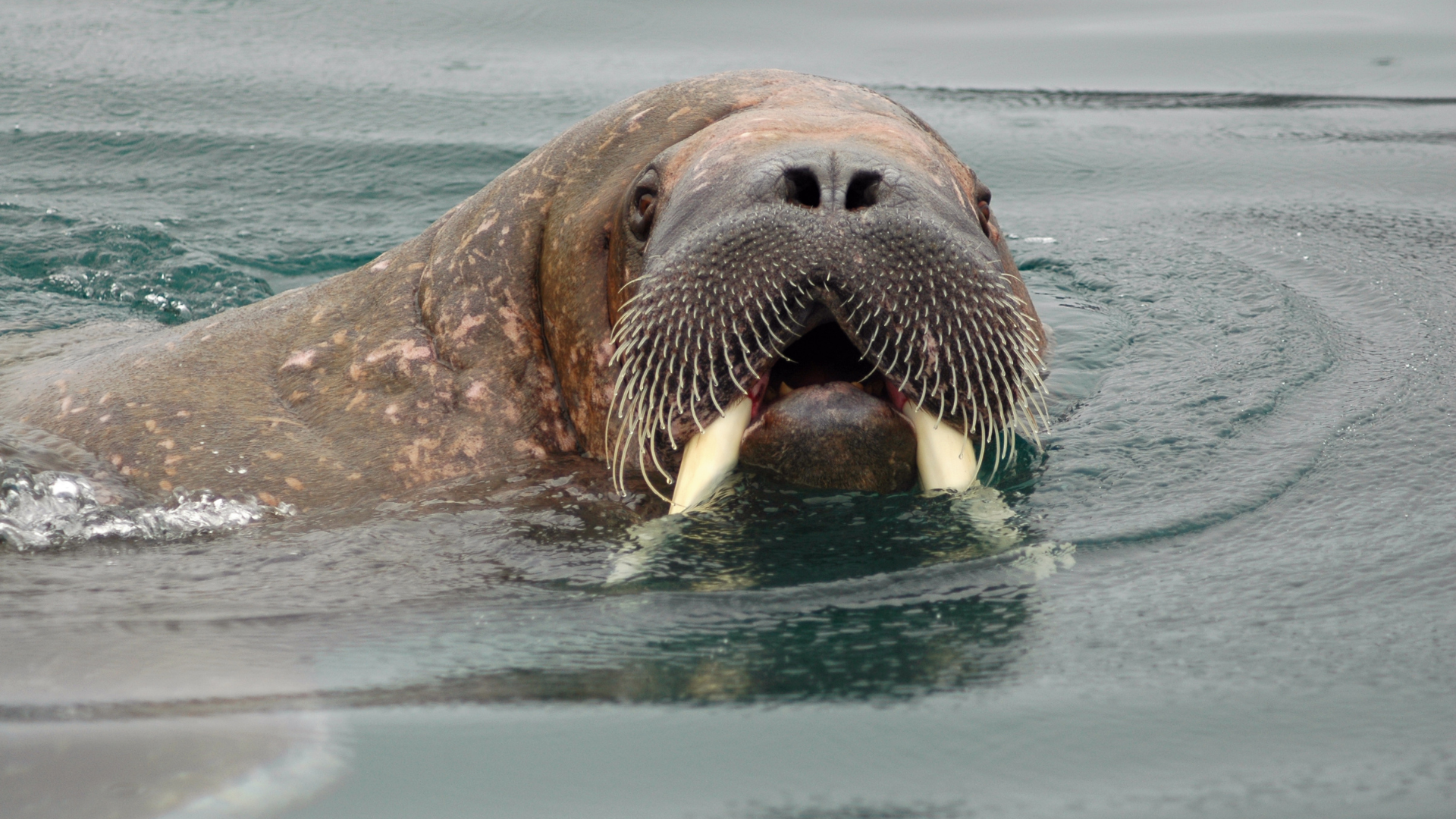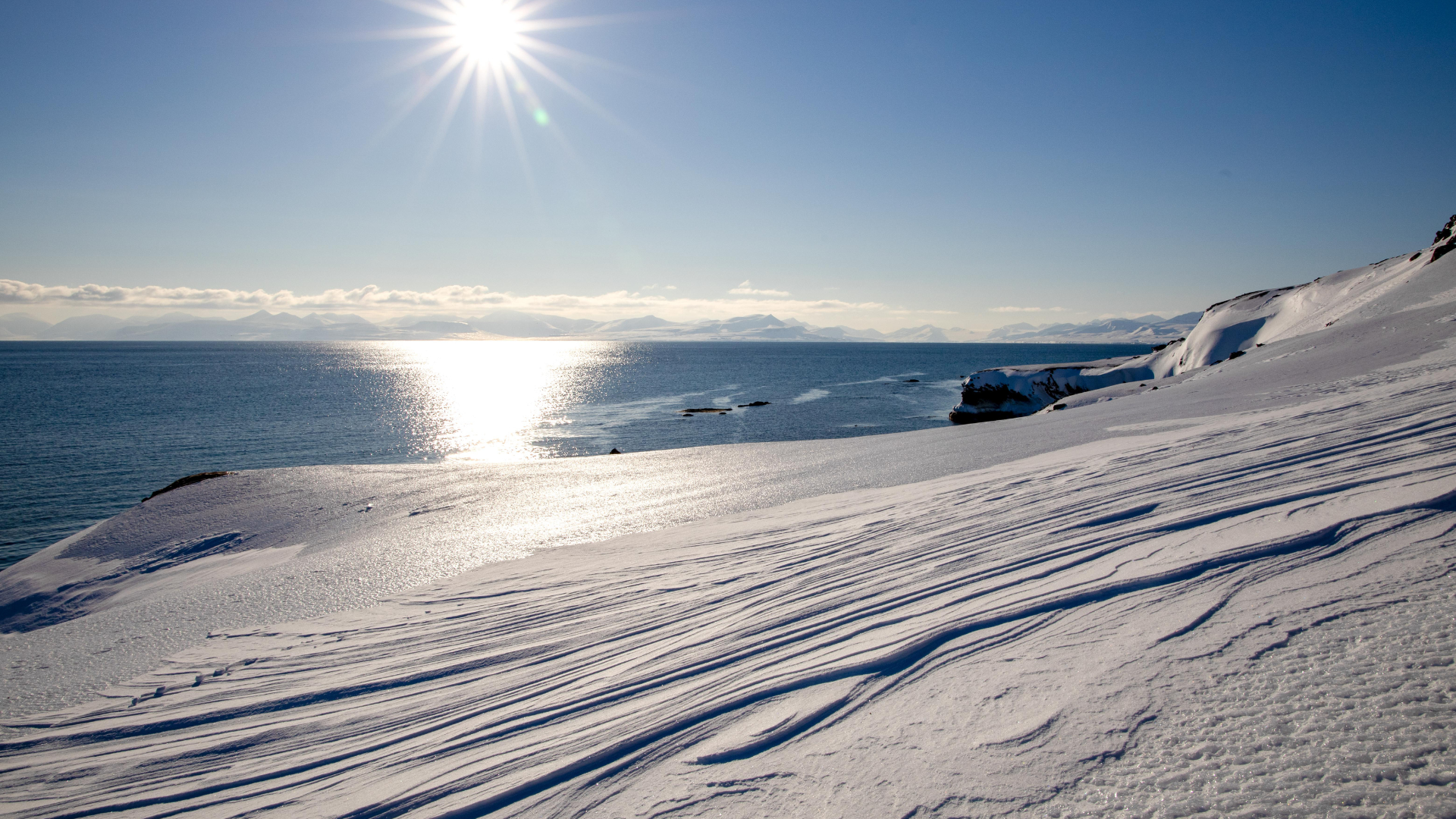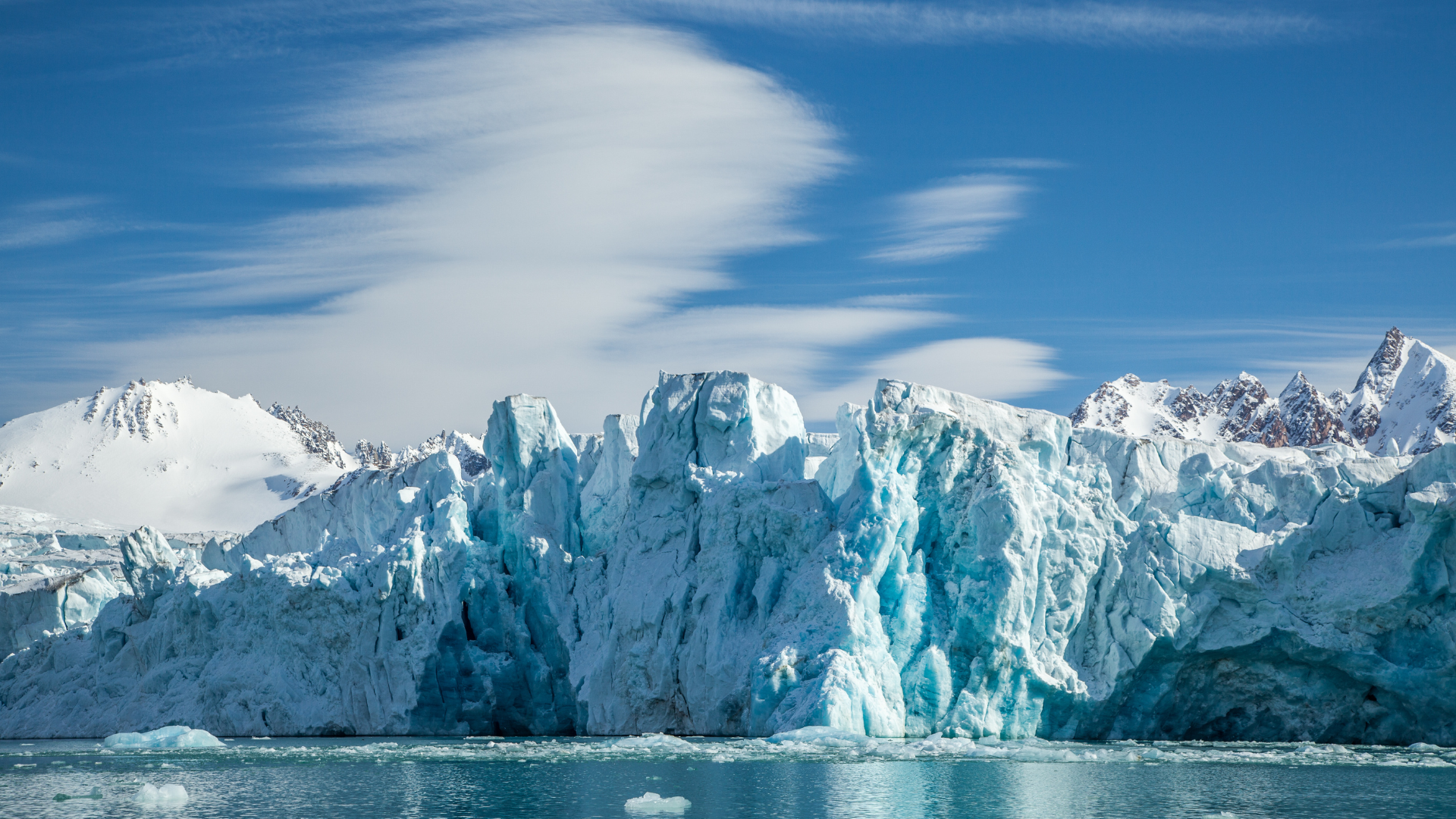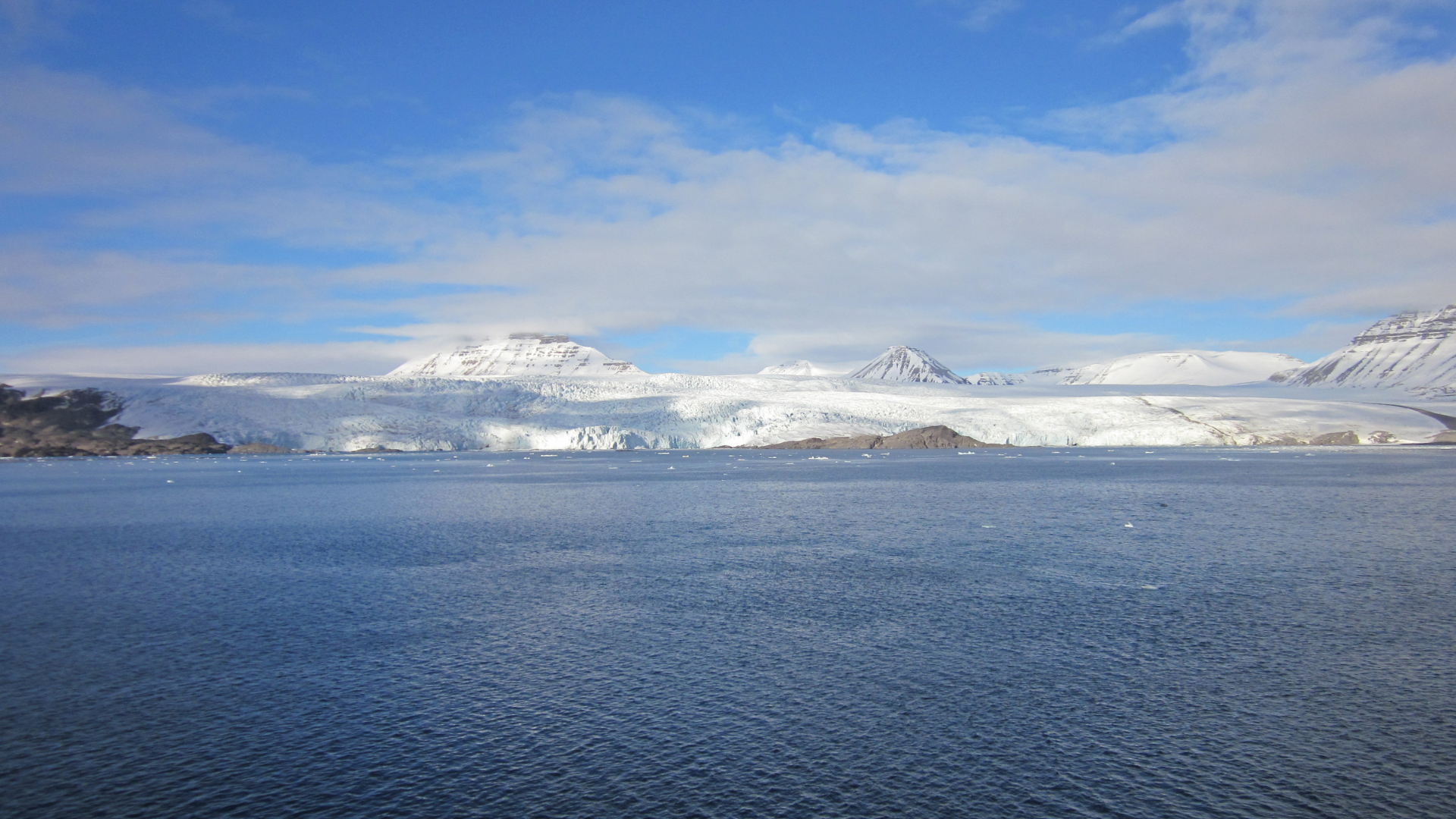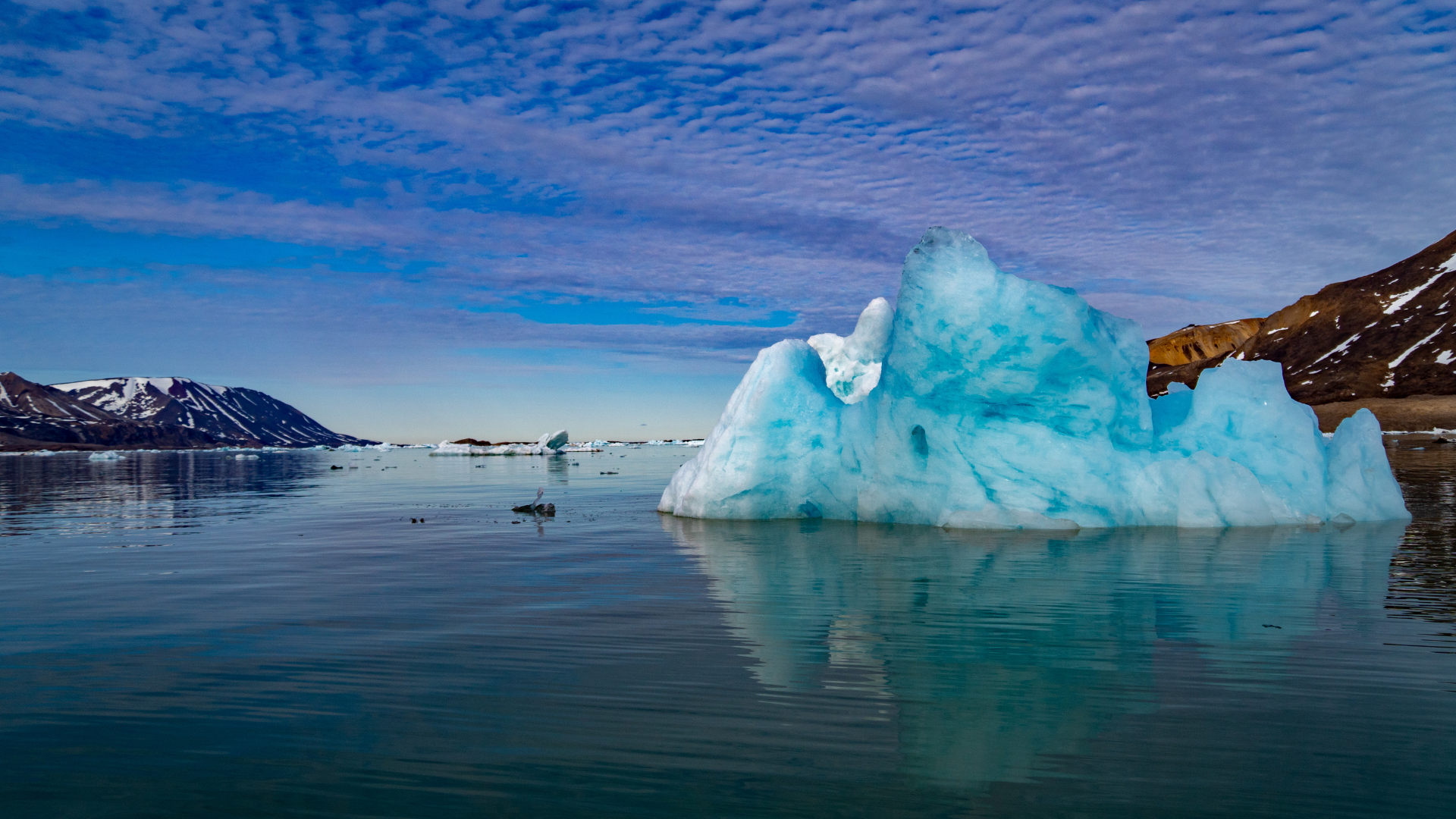It's Time To Explore Places That No One Has Been To
Spitsbergen Wildlife in September
Spitsbergen Wildlife in September
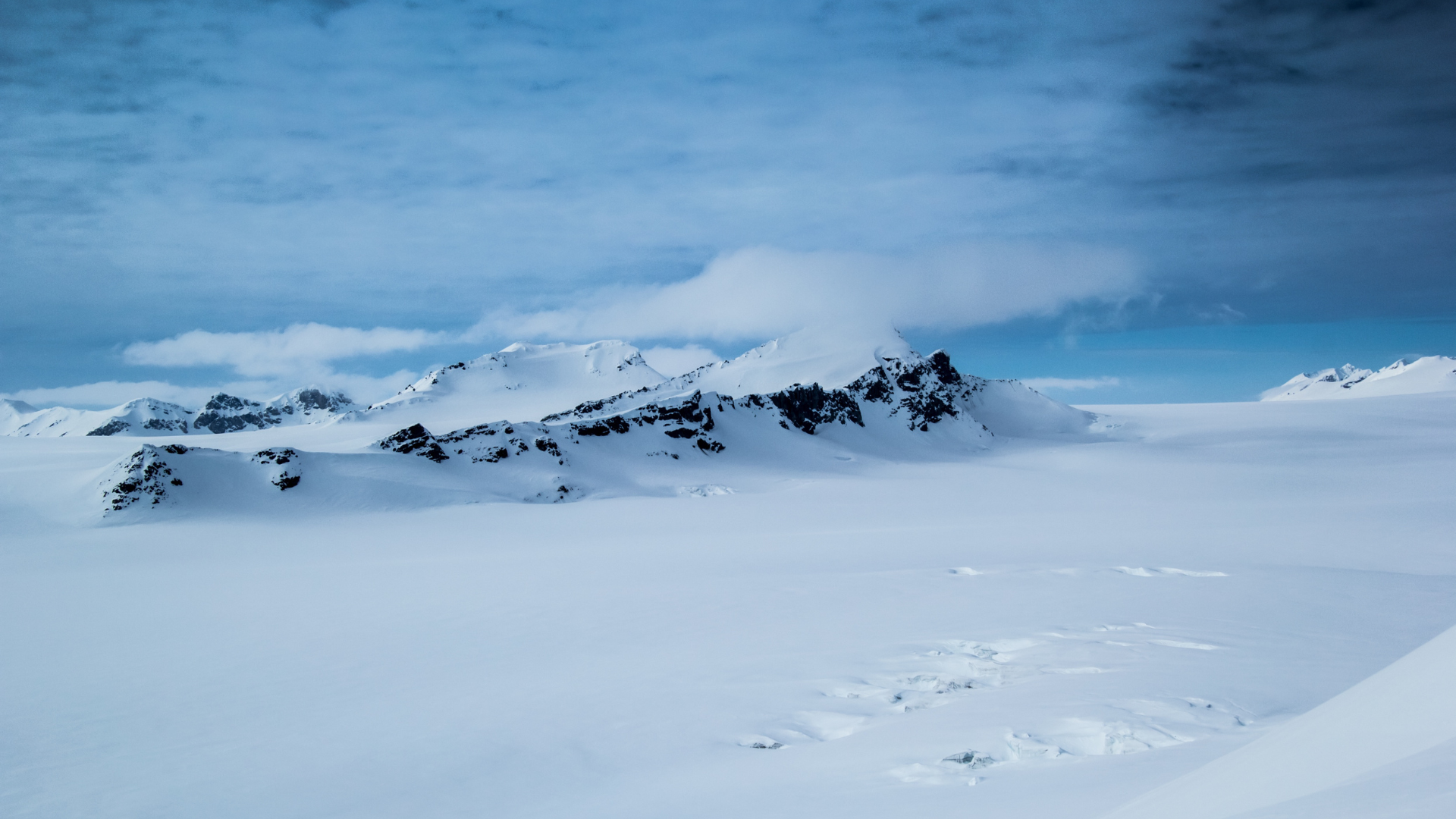
September marks the transition from summer to fall in Spitsbergen, bringing with it unique wildlife encounters and changing landscapes. For those lucky enough to visit during this time, the experience offers a special blend of late-season wildlife sightings and breathtaking natural beauty.
As the days shorten and the weather begins to cool, the landscapes of Spitsbergen begin to shift. The snow that lingers in the mountains becomes more pronounced, and the island starts to enter its seasonal cycle of change. The northernmost island of the Svalbard archipelago is home to some of the most rugged and diverse terrain on Earth. The cold waters that surround Spitsbergen are teeming with life, particularly in the early fall months, making September an excellent time for wildlife enthusiasts to explore.
Polar bears are often the focal point for visitors to Spitsbergen, and September remains a prime time for sightings. These apex predators begin to gather along the coastal regions, particularly near sea ice. With the ice forming in patches in the late summer, polar bears start to hunt for seals, their primary prey. This makes September one of the best times to spot these magnificent animals as they search for food before winter fully sets in. If you're taking a boat tour along the coast, you might be lucky enough to witness polar bears prowling the shoreline or even swimming between ice floes.
In addition to polar bears, September offers fantastic opportunities to observe other iconic Svalbard wildlife. The Arctic fox, which is known for its striking white winter coat, is often visible in its seasonal brown and gray summer fur. These foxes are excellent hunters and scavengers, so visitors may catch sight of them prowling the tundra, looking for small mammals or bird eggs to eat. September is also a great time for birdwatching, as many bird species are still active before migrating for the winter months. Common eider ducks, Arctic terns, and barnacle geese are just a few examples of the birdlife that flourishes in Spitsbergen during this time.
Svalbard reindeer, the island's largest terrestrial herbivore, can be spotted throughout the year, but September offers the chance to see them at their most active. These hardy creatures roam the islands, grazing on the tundra’s sparse vegetation. Their thick winter coats begin to grow in September, and they can often be seen foraging for food before the snow covers their habitat.
Seals are another important part of Spitsbergen’s wildlife. The island is home to several species, including the ringed seal and the bearded seal. In September, these seals can be seen hauling out onto the shores or sunning themselves on the ice. If you are taking a cruise around the islands, you might encounter large groups of seals basking in the sun or swimming gracefully in the cold waters.
September also sees a noticeable shift in the weather, with the days getting colder and shorter as the polar night approaches. The nights start to lengthen, creating an ethereal atmosphere where the dim light of the Arctic sun bathes the landscape in a soft glow. The changing light conditions provide excellent opportunities for photography, as the golden hues of the sunset and the soft light of the Arctic dawn enhance the already spectacular surroundings.
For those interested in experiencing the wildlife and the Arctic wilderness, September in Spitsbergen offers a unique opportunity. The combination of abundant wildlife, stunning landscapes, and relatively calm seas makes it an unforgettable destination for nature lovers and wildlife enthusiasts. Whether you’re observing polar bears from a boat or spotting Arctic foxes on a hiking expedition, Spitsbergen in September provides a truly remarkable experience.
Want to travel to Svalbard?
It’s easy, just leave your details here and we will contact you
Sign up to our newsletter
We will get back to you as soon as possible
Please try again later
